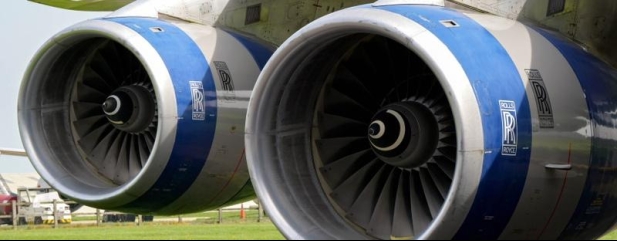Archived article
Please note that tax, investment, pension and ISA rules can change and the information and any views contained in this article may now be inaccurate.
Does high executive pay matter for investors?

The issue of executive pay and how it compares with that of the average worker is one which can generate a fair amount of heat and noise, but how much does it actually matter to shareholders?
A new report from the High Pay Centre, a think tank which aims to promote quote, unquote fairer pay, shows the median pay of chief executives of FTSE 100 companies increased by 2.2% to £4.19 million in 2023.
Notably this is below the average of more than 7% implied by ONS data for all UK workers in 2023, although in observing this it would be facetious not to acknowledge that FTSE 100 remuneration is at record levels.
The sums involved also mean these individuals are hardly facing pressures to keep up with the cost of living, with their median pay now 120 times the median Briton in full-time work.
And while the median increase was relatively modest, on a mean basis pay was actually up more than 12% to almost £5 million.
There are at least a couple of reasons why investors might be exercised by this – first, if you own shares in a company either directly or indirectly through a fund, you are a part-owner of said business and its cash flows.
More money for those at the top arguably means less money for investing in future growth or returning capital to shareholders, although for most FTSE 100 businesses the pay cheques of its chief executives reflect a drop in the ocean.
There is also a risk that a big disparity in pay between those at the top and bottom of a business can breed resentment which, if the old idiom that a happy workforce is a productive workforce holds true, could affect performance.
On the flipside, the argument for paying significant sums to executives is these companies are operating in a global marketplace to attract top talent and FTSE 100 pay still lags the median levels in the S&P 500 by some distance (these totalled $16.3 million in 2023 according to Equilar).
To put all of these numbers in some sort of context it felt like an interesting exercise to relate pay for the top 10 most handsomely-rewarded bosses with the market value of their respective charges and their 10-year total return. You can see the results in the table on the previous page.
A few necessary caveats. Pay trends across different industries are potentially a more relevant factor than the overall size/value of a business. Second, the majority of these executives will not have been in place across the whole of the decade over which we have chosen to measure their performance – although we can probably assume their remuneration won’t, in most cases, have been hugely out of whack with that of their predecessors. Which making the fact just three have outperformed the FTSE 100 over that period a relevant consideration.
Given the performance-related element of their pay, some will also have seen bumper pay packets in 2023 as a reward for exceptional performance. Think Rolls-Royce (RR.) executive Tufan Erginbilgiç, who led the best performing FTSE 100 company in 2023 by some distance having revived the aviation engineer’s fortunes.
Important information:
These articles are provided by Shares magazine which is published by AJ Bell Media, a part of AJ Bell. Shares is not written by AJ Bell.
Shares is provided for your general information and use and is not a personal recommendation to invest. It is not intended to be relied upon by you in making or not making any investment decisions. The investments referred to in these articles will not be suitable for all investors. If in doubt please seek appropriate independent financial advice.
Investors acting on the information in these articles do so at their own risk and AJ Bell Media and its staff do not accept liability for losses suffered by investors as a result of their investment decisions.
Issue contents
Editor's View
Feature
Great Ideas
News
- Raspberry Pi dishes up new products just two months after its IPO
- Why engineering outfit Spirax Group is in a downward spiral
- Western businesses are finding life a grind in China
- Calm returns to markets ahead of Fed inflation test
- Beazley shares hit record high as profits almost double
- A dramatic shake-up of the US presidential race may take time to be felt in markets
 magazine
magazine








